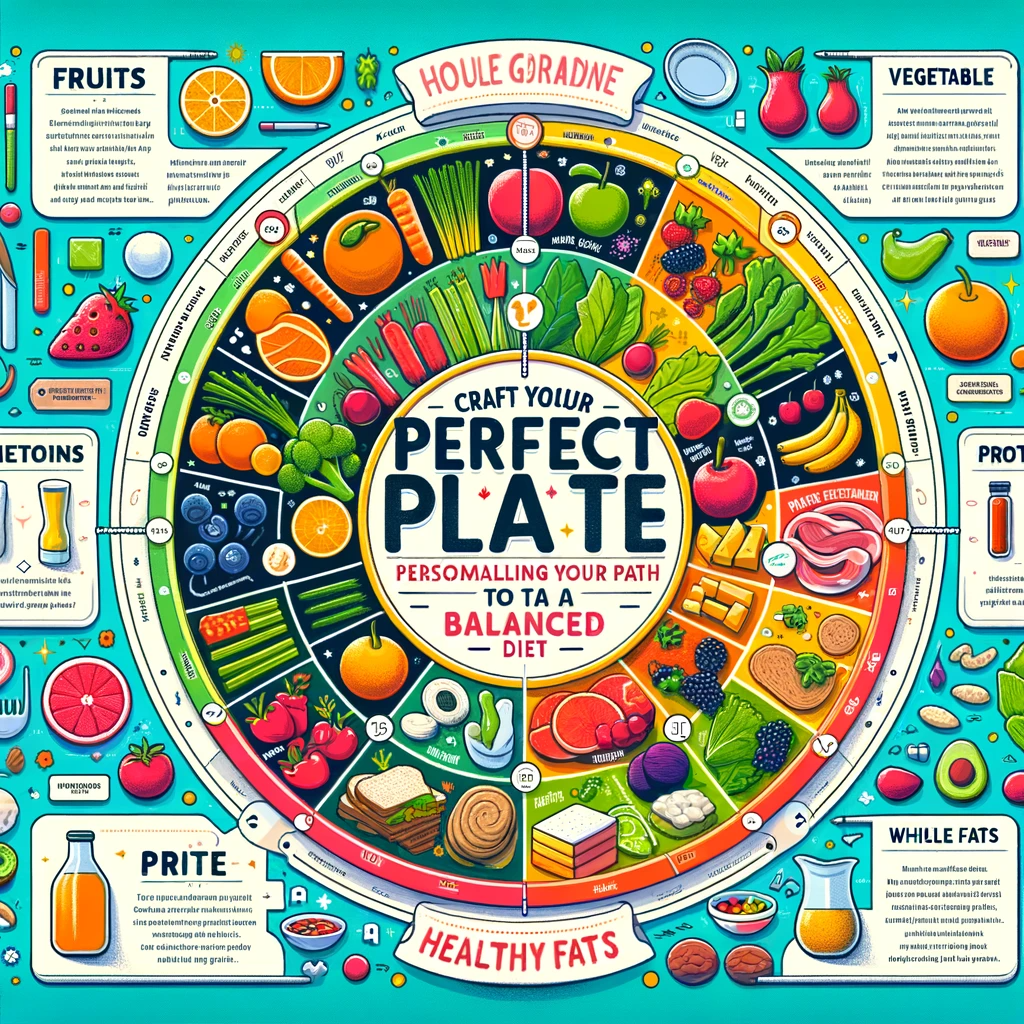Craft Your Perfect Plate: Personalizing Your Path to a Balanced Diet
In the realm of health and nutrition, one size does not fit all. Recognizing this, we bring you an in-depth look at tailoring a balanced diet to fit your individual needs, lifestyle, and preferences.

Understanding the Basics of a Balanced Diet
A balanced diet provides your body with the essential nutrients it needs to function correctly. It’s not about strict limitations or depriving yourself of the foods you love. Rather, it’s about feeling great, having more energy, improving your health, and boosting your mood. The key components of a balanced diet include:
- Fruits and Vegetables: Aim for a variety of colors to ensure a range of nutrients.
- Proteins: Include both animal and plant-based sources for a well-rounded intake.
- Whole Grains: Choose whole grains over refined grains for better nutrient retention.
- Dairy or Alternatives: Opt for products that are low in fat but high in calcium.
- Fats: Focus on healthy fats, such as those found in avocados, nuts, and olive oil.
Personalizing Your Diet
1. Assess Your Nutritional Needs
Your nutritional requirements are influenced by age, gender, health status, physical activity level, and other factors like allergies or intolerances. Consulting a healthcare provider or a dietitian can provide clarity on your specific needs.
2. Consider Your Lifestyle
Your daily routine plays a significant role in shaping your diet. A busy lifestyle might require quick, healthy meals, whereas a more flexible schedule might allow for elaborate meal preparations.
3. Factor in Your Preferences and Cultural Background
Eating should be a pleasurable experience. Incorporate foods you love and those that reflect your cultural practices to make your diet enjoyable and sustainable.
4. Set Realistic Goals
Start with small, achievable changes to your eating habits. Gradual adjustments are more likely to become permanent.
5. Plan Your Meals
Meal planning can help you balance your diet, control portions, and avoid impulsive eating decisions.
Overcoming Challenges
Creating a balanced diet tailored to your unique needs can be challenging, but it’s not insurmountable. Here are some tips to navigate common obstacles:
- Time Constraints: Prepare meals in advance or opt for healthy, quick-to-prepare foods.
- Budget Limitations: Focus on seasonal produce and bulk-buying whole grains and legumes.
- Limited Cooking Skills: Start with simple recipes that require minimal ingredients and skills.
Monitoring and Adjusting Your Diet
Your needs and circumstances may change over time, requiring adjustments to your diet. Regularly assess how your diet is affecting your health and well-being, and don’t hesitate to make necessary changes.
Conclusion
Creating a balanced diet that works for you is a personal journey that takes time, patience, and experimentation. By understanding your needs, incorporating foods you love, and being mindful of your body’s responses, you can develop a nutritional plan that supports your health and fits your lifestyle. Embrace the journey with enthusiasm, and remember, the goal is not just to eat healthily but to thrive.





